Visiting the Panerai Manufacture, the Brand’s Highly Efficient Production Site (With Exclusive Live Pics)

Preliminary Note: Until now, very little has been communicated about the production procedures of Panerai watches. We had the opportunity to visit the brand’s state-of-the-art manufacture and were impressed by the time and effort invested in quality management.
The Panerai manufacture was completed in 2014 and is currently headed by Jean-Marc Pontroué. Located on the outskirts of Neuchâtel, the 10,000 sq m building was constructed with eco-compatible standards. It gathers all product development and production teams under one modern roof to operate the brand manufacturing activities (parts, movements and casing). There, 250 people carry out their specialist work. In addition to the Swiss manufacture, Panerai’s headquarters are located in Italy where key corporate functions, such as design and marketing, take place.
The Panerai manufacture is a perfect example of a modern watch production site and, even if not much has been communicated about these installations, it is exactly what one would hope from a brand specialized in crafting robust, high-end tool watches – in short anything but your typical watch manufacture. You need to go that extra mile to craft tough timers… The Panerai manufacture provides a cutting-edge, highly-efficient setting to produce the brand’s watches. The focus on quality is evident throughout the visit of the cutting-edge facility.
Development and homologation
Quality starts with a good design. The foundation is product and movement development. With their minimalist design, Panerai watches are designed to be reliable and functional. On the one hand, the brand has developed a comprehensive portfolio of mechanical movements since 2005. Over 25 different calibres have been designed, ranging from base movements to complicated mechanisms with chronographs, minute repeaters or tourbillions. On the other hand, the investments in the field of the habillage (the dial, hands, case and strap) have been significant too, with a focus on the development of new materials and coatings over the past years (think BMG or Carbotech, for instance).
One of the highlights of the visit to the Manufacture is the area where watch and movement prototypes are tested and homologated. The brand’s laboratory is equipped with impressive machinery to test products internally before they go into production. In addition, Chronofiable external certification can be carried out with the Laboratoire Dubois. (The Chronofiable test is used throughout the industry and subjects watches to different trials: ageing cycles, test cycles on the crown and pushers, resistance to magnetic fields, shock-resistance and water-resistance.)
Inside the Laboratory
In the first ‘torture’ chamber, watches and movements are subjected to a full set of shocks and mechanical stresses, including the mouton pendula, a pendulum ram impact testing machine. Accelerations and rotations of 500G are simulated on another device. Watches also need to remain perfectly functional after a shock test consisting in dropping a watch from a height of one metre on to a wooden surface corresponding to 5000G. Traction and torsion tests are performed on straps and bracelets submitting the watches to conditions that far exceed the most extreme needs.
Below: Testing the limits on cases, submitting these to extremes they are never likely to encounter.
Several machines are used to simulate decades of usage. Among the ageing tests, there are the start-stop-reset cycles for chronographs (up to 5,000 times) and a winding test for movements. In the same room, watches are also tested to ensure operation in magnetic fields of 4,800 A/m and even 40,000 A/m for watches with a soft iron case.
Below: Ageing tests on movements, start-stop-reset cycles on a chronograph.
Another room focuses on ageing tests for watches and their exposure to a number of exterior factors, including climatic tests (with temperatures ranging from -5 to +55°C) or resistance to salt water and salt mist. The internal integrity of the material can be tested thanks to these high-tech processes.
Below: Climatic tests in the laboratory.
Manufacturing and quality tests
After the development phase, quality management systems aim at ensuring compliance with the brand’s requirements. Naturally, further checks on production are carried out along the manufacturing process. If it would be hard to list each one of the multiple controls performed, but the cutting-edge CLA chronométrie cell is definitely worth a mention.
CLA chronométrie robotic unit – the CLA robotic unit is used to control and monitor the performance of movements. The movements are loaded in the chronometric cell. These are identified throughout the production process with RIFD technology. The robotic unit selects the parts, prepares them for winding (either manual or automatic). Once these have been wound, the rate deviation, beat error and amplitude are measured (0h). Movements are then stored and checked again after 24h. Out-of-tolerance movements are isolated.
The CLA robotic unit allows for perfect traceability and zero-error control. In addition, it operates 24h a day. Below, A look inside the CLA Chronometry robotic unit.
After casing, the movement is controlled again to ensure consistency and the performance is constant.
Water-resistance
As you would expect from a brand with a marine background, the water-resistance tests are performed with maniacal attention. As stated earlier, it all starts in the development phase where prototypes are pushed to the limit to ensure water-resistance rating.
Then during production, each timepiece is individually tested to ensure a 25% higher water-resistance than the declared limits. Several tests are performed in succession. These include the traditional ‘water drop’ test in which a drop of cold waterfalls on a heated case that has been previously immersed in a water tank; if it is not waterproof, condensation forms inside the case. Additional tests simulate various situations: air pressure, low water pressure for an extended time, and high pressure simulated with Roxer devices allowing to test water-resistance up to a maximum of 250 bar / 2,500 meters, with a testing procedure lasting 3 hours in this instance.
As you can see, every single Panerai watch is rigorously tested before it is allowed to leave the manufacture and settle for a life of faithful service on your wrist.
For more information, please visit www.panerai.com.

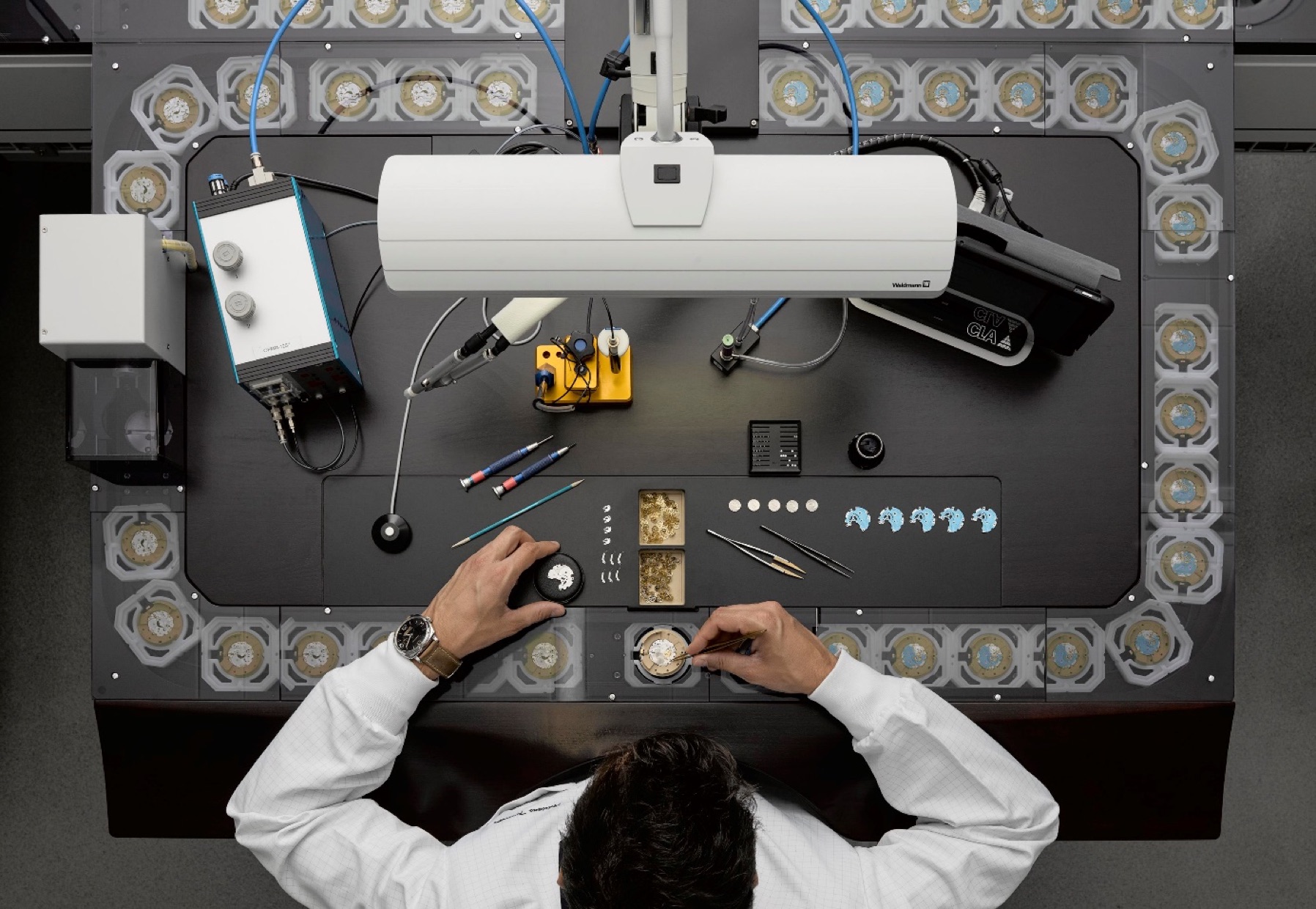
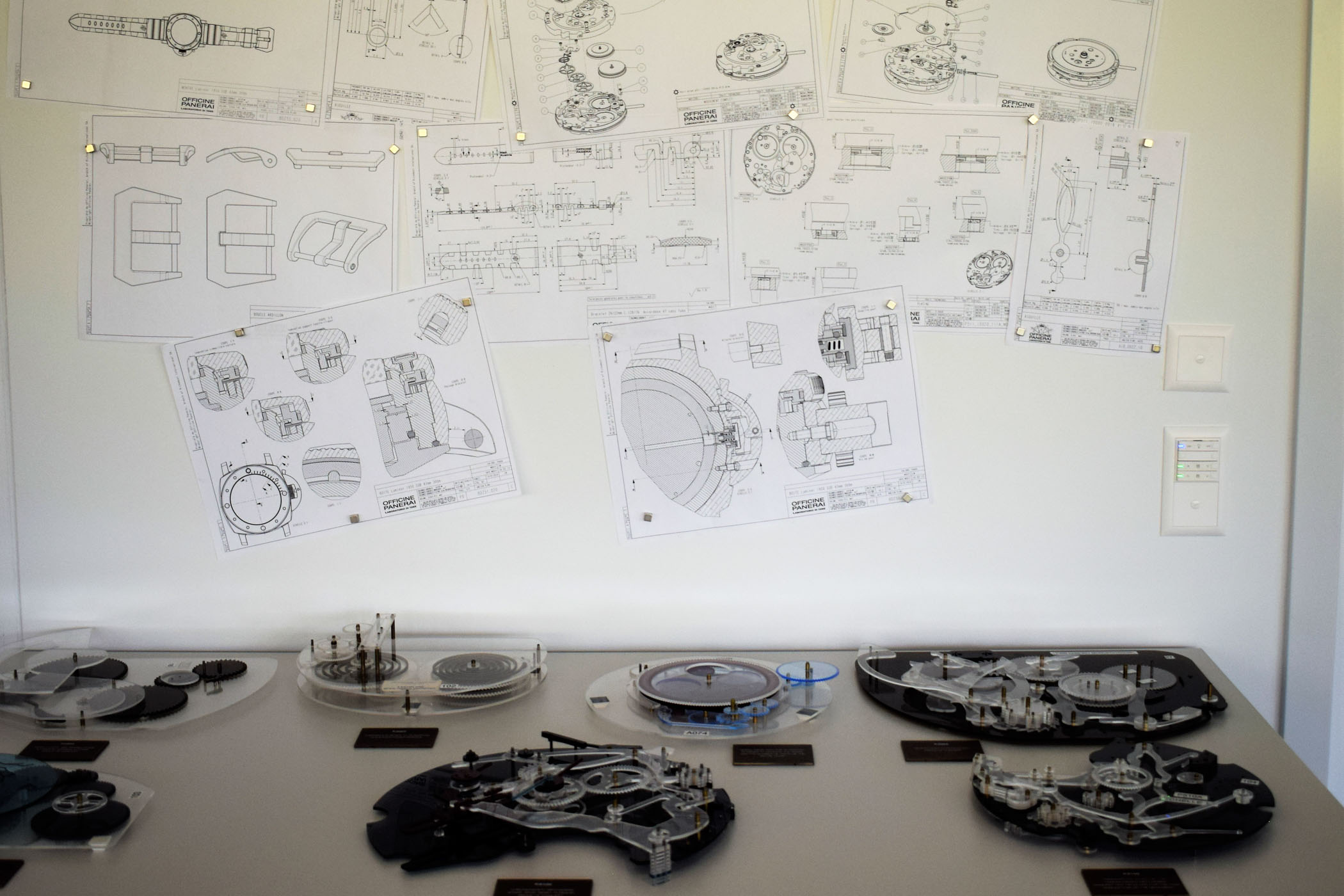
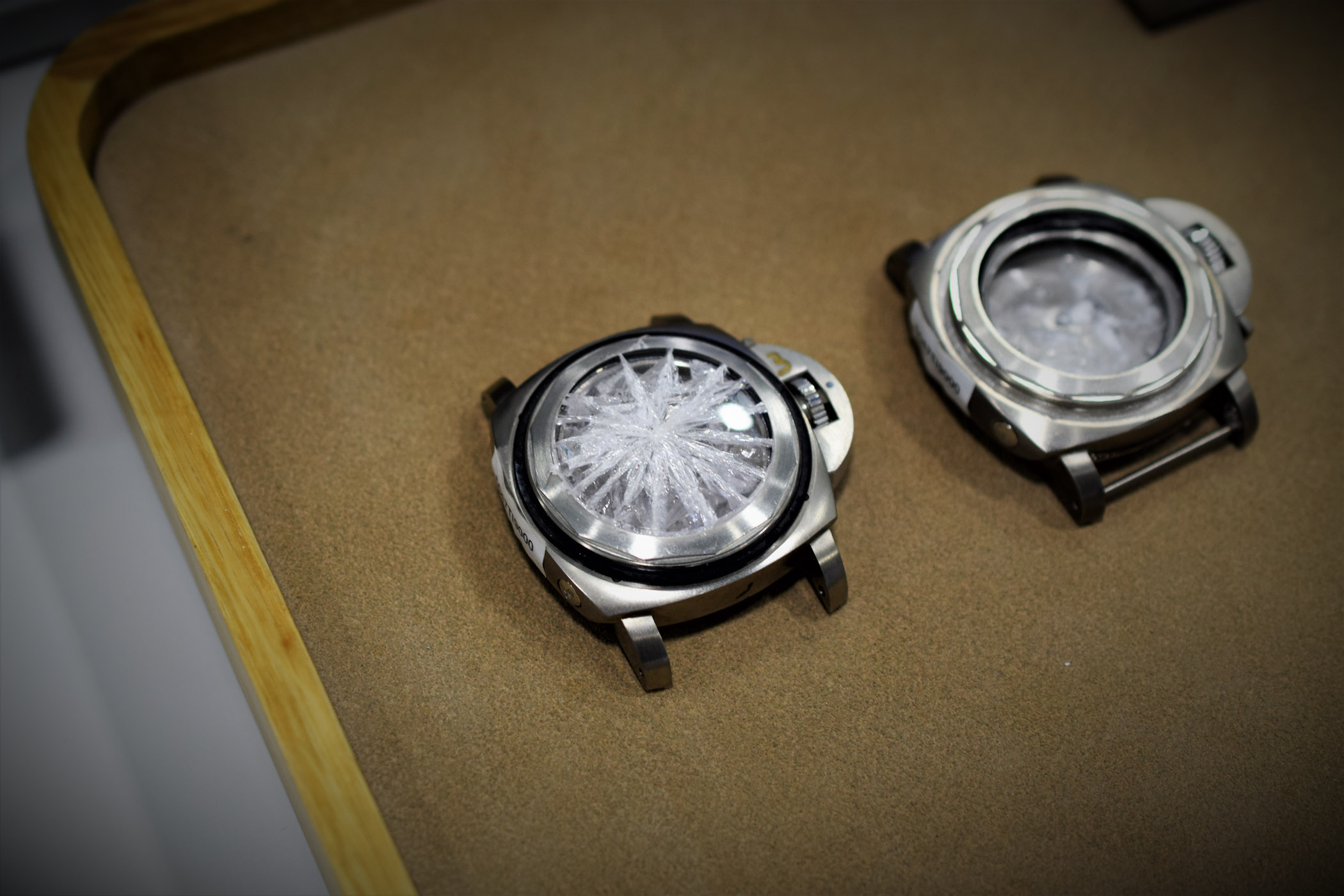
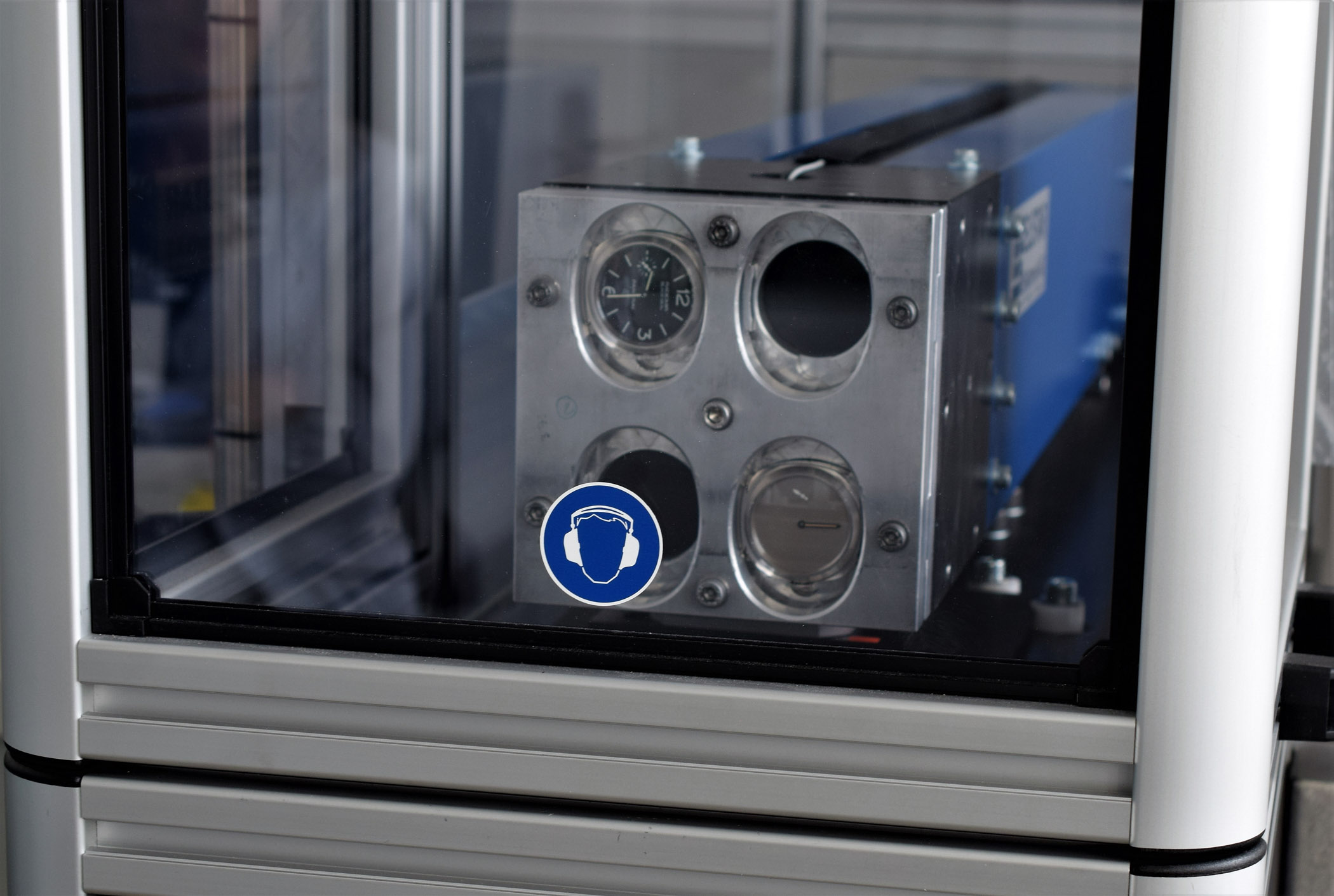

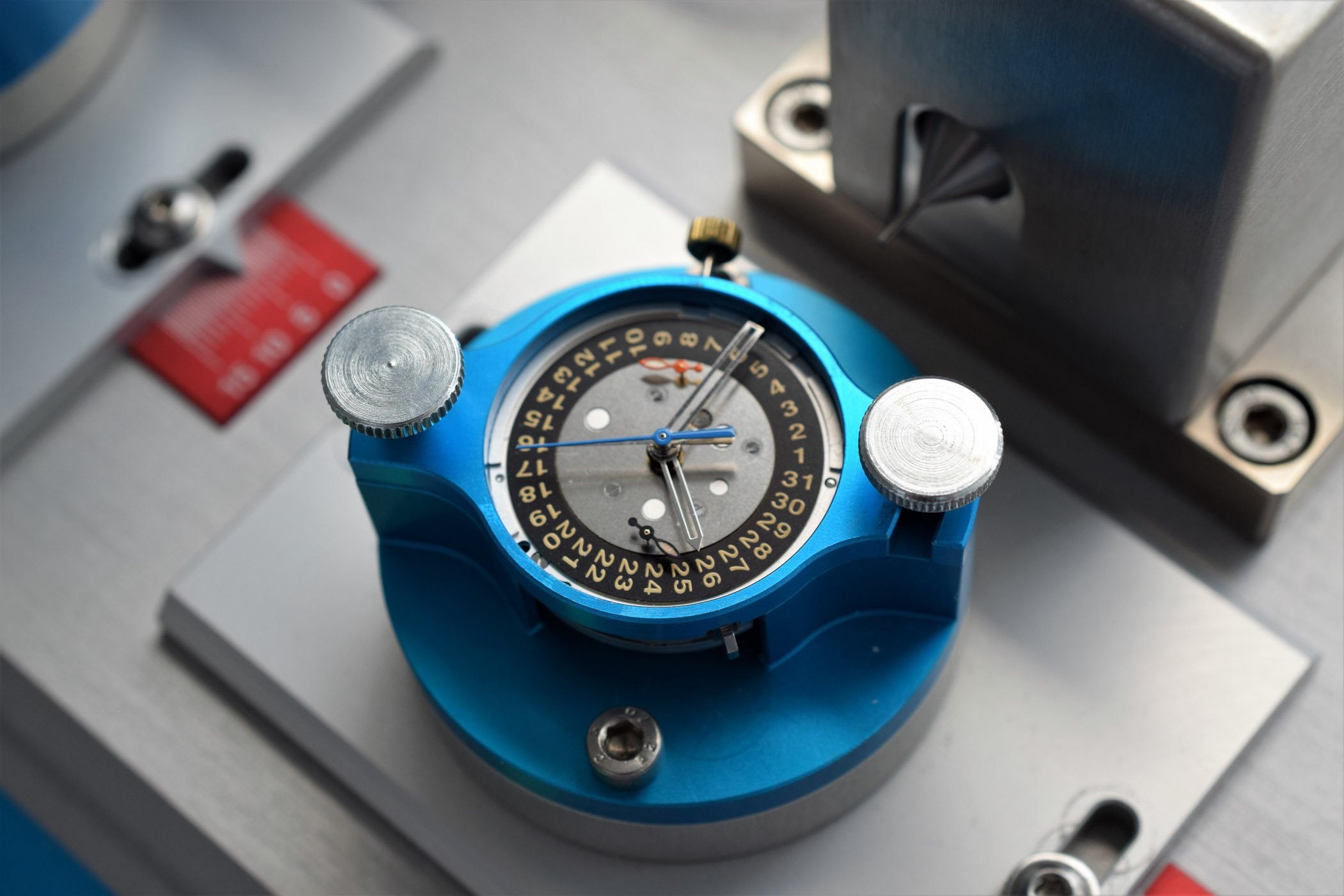
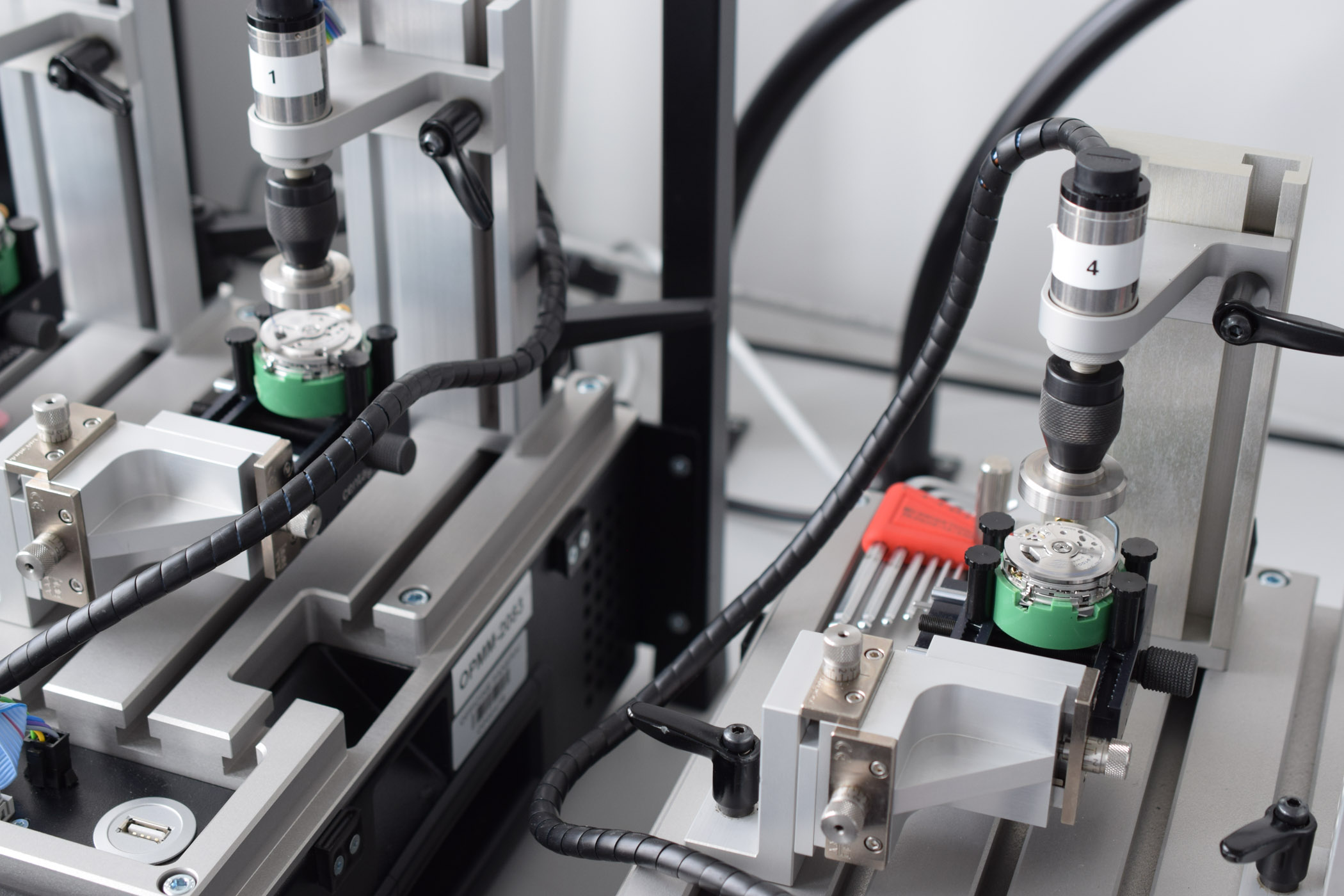
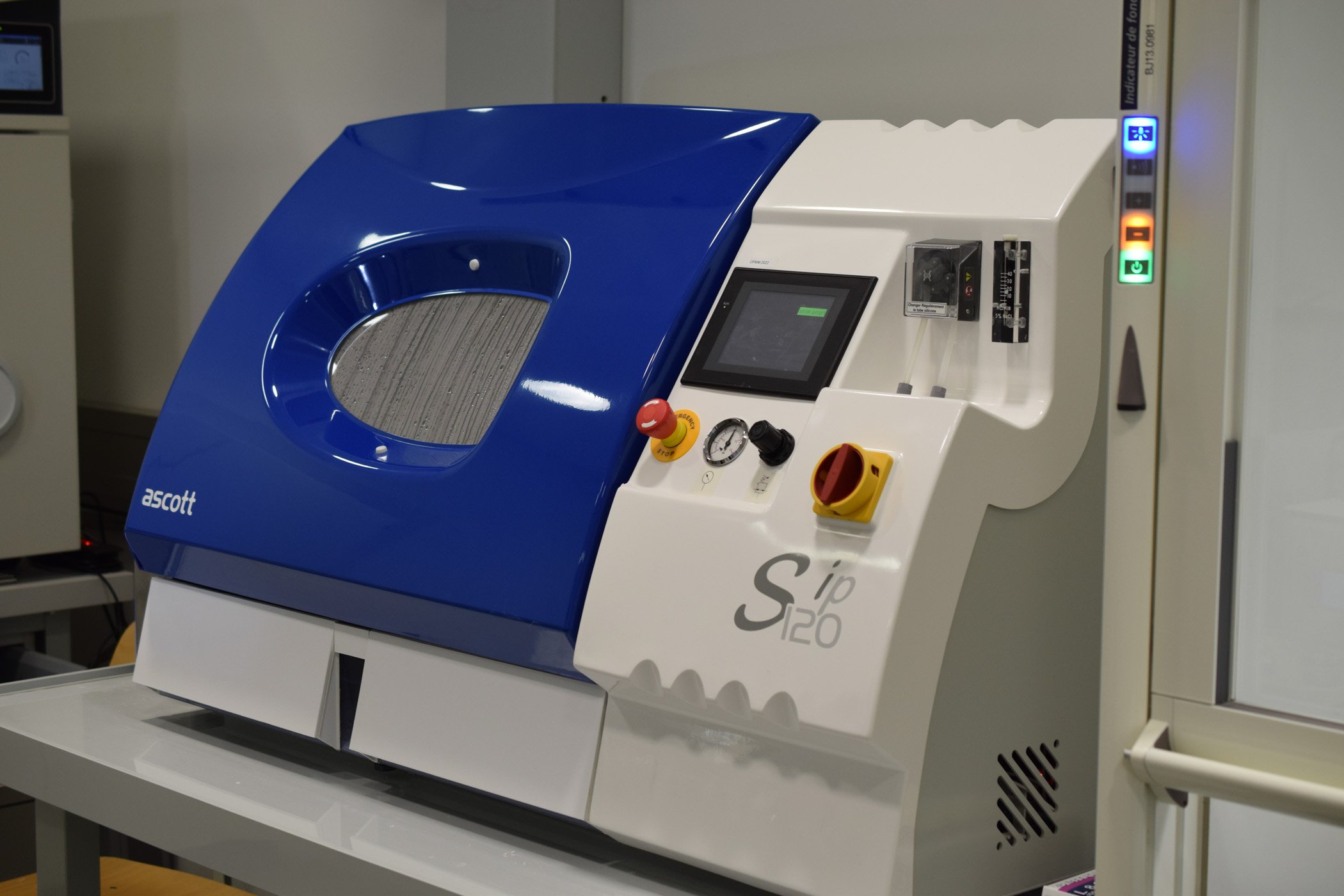
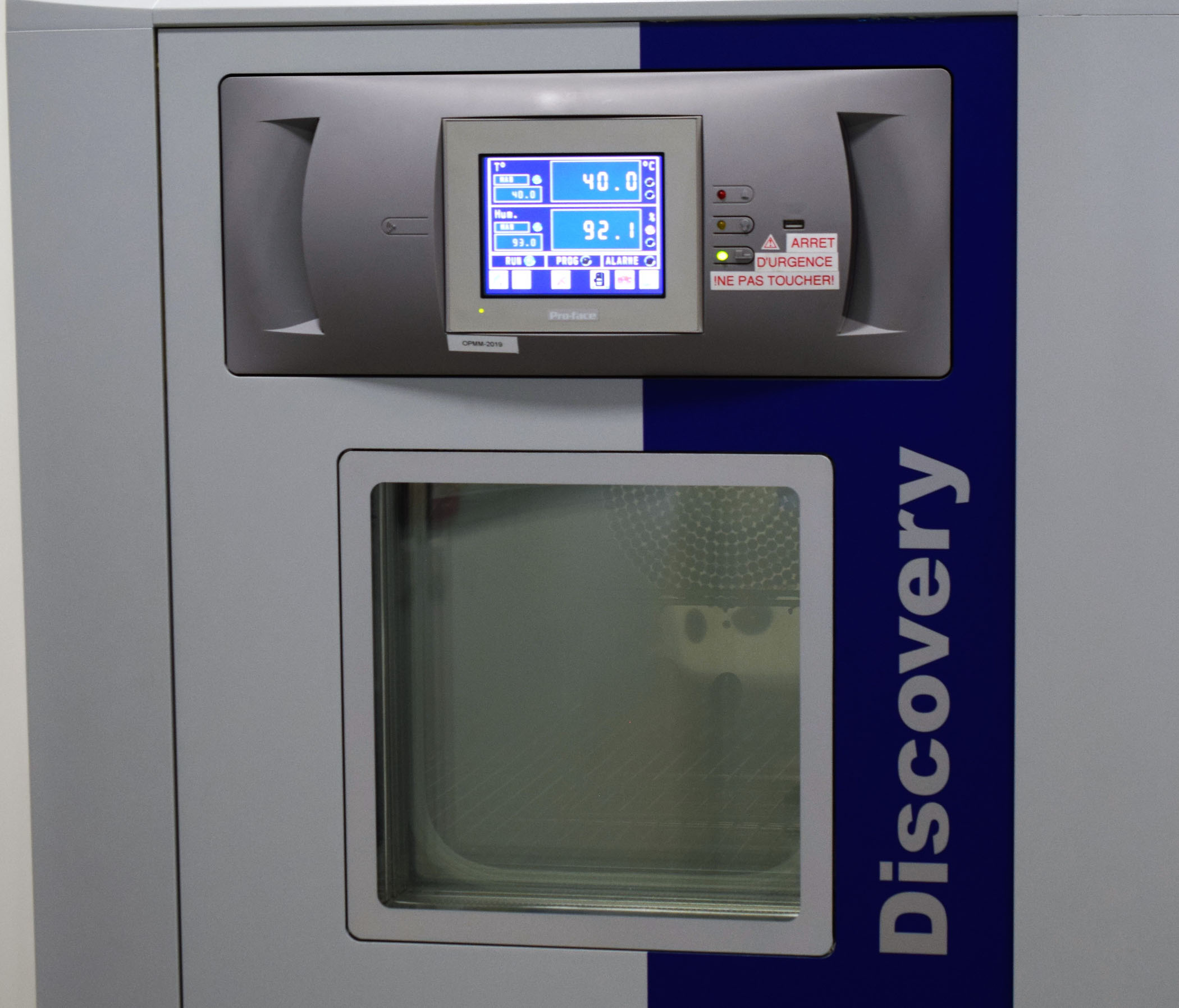
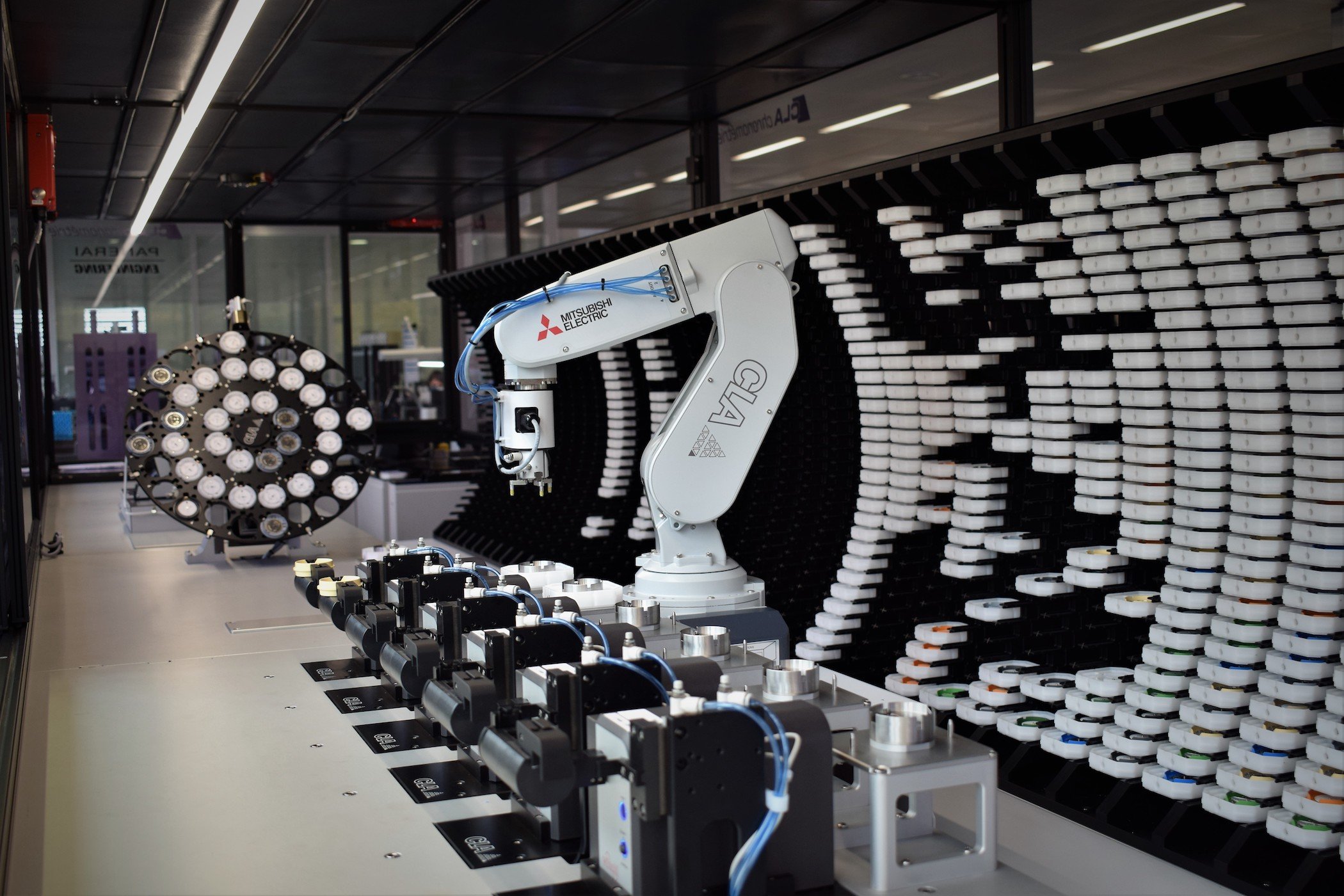

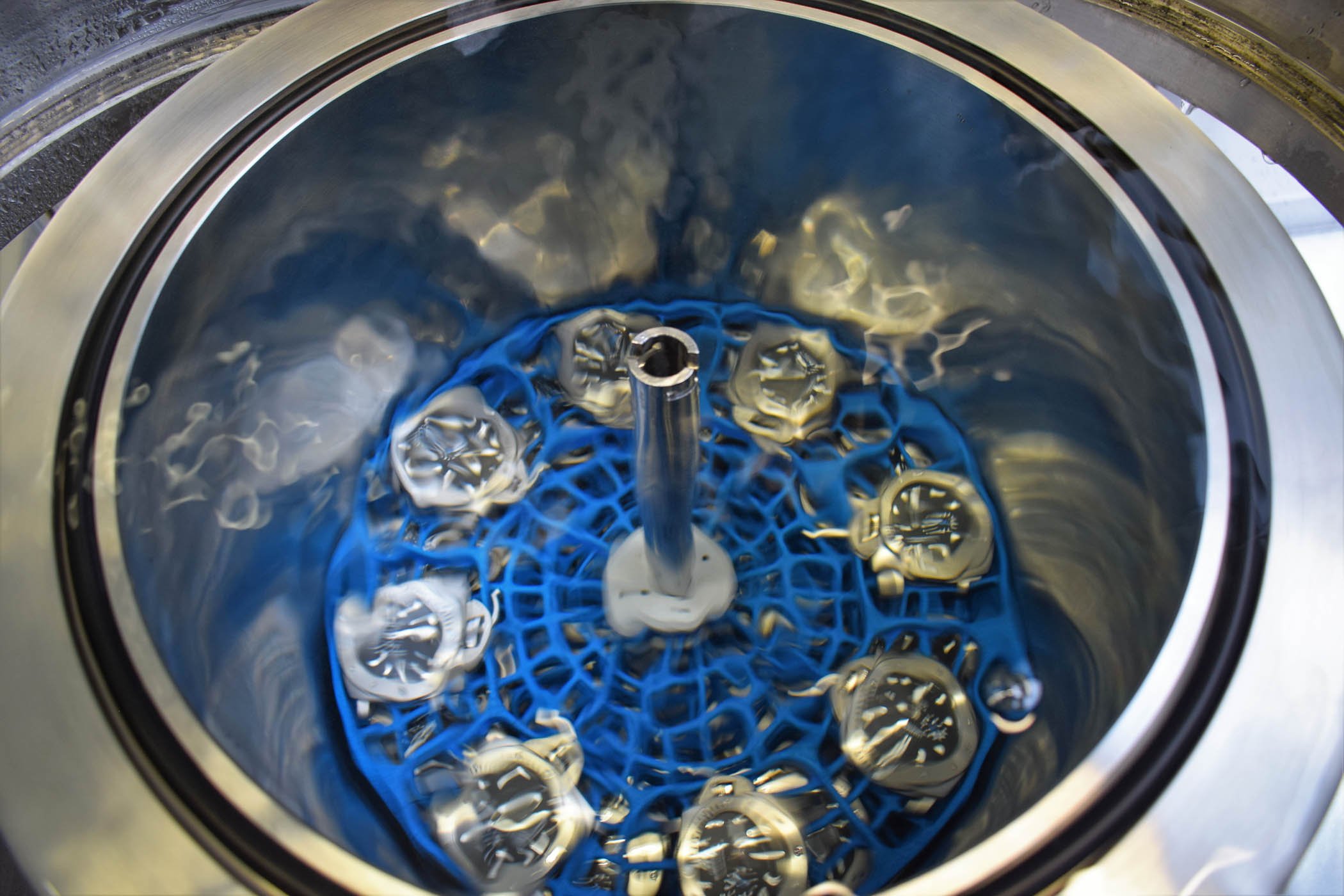



6 responses
Good article. Panerai needs to do more of this, the brand’s public persona is getting somewhat stagnant (all new Panerai look like almost every old Panerai) and they need to reinvigorate it.
Ahh and here I was hoping for one of those “Panerai closes their doors for good…” type.
Anyway, hope is good. Will come back check again in a year.
The only reason they went “manufacture” was to nickel and dime us further by having us bring the watches back to them for service. Panerai died the day they stopped using easily serviceable ETA/VJ movements. Now they’re simply a joke brand, epitomized by their latest joke watch, the Luminor Due, which is water resistant up until someone within in a mile radius sneezes.
Pretty impressive set up.
I think the best in house movements now are the Omega 8900 / 9300 / 9900 series. 15,000 gauss and incredibly accurate.
Panerai cases are way too big and heavy, which is easier to do then packing it all in a smaller thinner case and still retain all resistance properties.